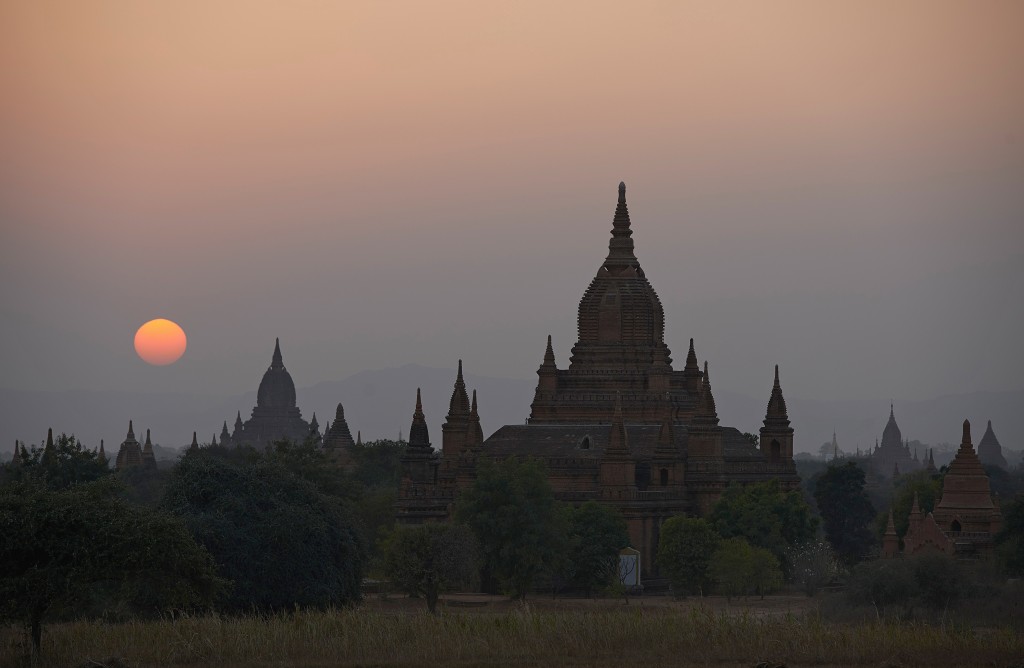
There is this recurring discussion of what defines fine-art photography. Can the image of a lemon tart be art? Is photography an art form at all?
Easier than defining art is defining what is not. According to the philosopher Walter Benjamin, kitsch is, unlike art, a utilitarian object lacking all critical distance between object and observer; it offers instantaneous emotional gratification without intellectual effort.
I would rate a large amount of the current professional landscape work, published in magazines and catalogues as kitsch. Probably this due to art directors and editors having grown up with artificial flavor and visual over-saturation. Look at the tutorials of Phase One, a company catering for professionals: they are proud of the fact that a lake in Scotland, captured under a gray sky, can be made to look like the waters of Anse La Digue (Seychelles). Bad enough that this might be required to be successful in the market place.
Digital capture, RAW processors and Photoshop, have made it easy to produce kitsch. In the film days, there was a choice of film and filters, as well as controlled over- and under-exposure to enhance saturation and contrast. This was followed in the darkroom by the choice of developer, the paper grade, dotching and burning, and contrast masks. But the variations that could be achieved were rather subtle. In Photoshop it is just too easy to turn the saturation and contrast sliders to +50.
I must remind myself also, from time to time, to keep my fingers away from some of these sliders. A proven technique is to make all the adjustments in an adjustment layer, and finally blend the layer by no more than 50%.
It may also be useful to define a metric under which to review a portfolio. Here the crackpot index comes to mind. In science, the crackpot index is a number that rates scientific claims or the individuals that make them. The method proposed, humorously, by mathematical physicist John Baez, computes an index by responses to a list of questions, where each positive response contributes a value between 1 and 50. The computation is initialized with a starting credit of −5. Examples are offering prize money to anyone who finds any flaws in your theory (10 points) or for suggesting that Einstein, in his later years, was groping his way towards the ideas you now advocate (30 points). Every score above zero is a matter of concern.
So here we go: applied to photography, calculate the index as follows. Start with a -5 point credit. Add
- 1 point for a taking cliche images of iconic places, e.g., sunset over the temples of Bagan
- 2 points for over-saturating and over-sharpening in Photoshop
- 2 points for creating blurry waterfalls
- 2 points for capturing the “road to nowhere”
- 5 points for capturing “dew on a blade of grass”
- 5 points for adding watermarks and signatures
- 5 points for applying artificial film grain
- 5 points for using the dusk/dawn and cat scene-modes of the camera
- 5 points for creating zoom blur
- 5 points for using tilt/shift lenses the wrong way round, creating the miniature effect
- 5 points for shooting an image of mating lions
- 10 points for shooting an image of mating dragonflies
- 10 points for posting food porn
- 10 points for using star filters. 5 points extra when applying them in Photoshop
- 10 points for using color graduated filters. 10 points extra when applying them in Photoshop
- 10 points for adding filmstrip frames to digital images
- 10 points for using direct flash in outdoor portraits (overdone subject isolation)
- 10 points for staging the decisive moment
- 20 points for creating fake lens flair
- 20 points for applying selective desaturation
- 20 points for (ab)using Portrait Professional
- 20 points for applying motion blur in Photoshop
- 20 points for calling yourself “award-winning photographer”
- 20 points for posting on the web, while getting paranoid on copyright infringements
- 50 points for posting selective-color images
- 50 points for posting HDR images that show tonal overlaps
- 50 points for subtitling your images “homage to Henri Cartier Bresson”, or Helmut Newton, as the case may be.
- 100 points for asserting that Ansel Adams would have used the shooting technique you are proposing if he had had a digital camera.